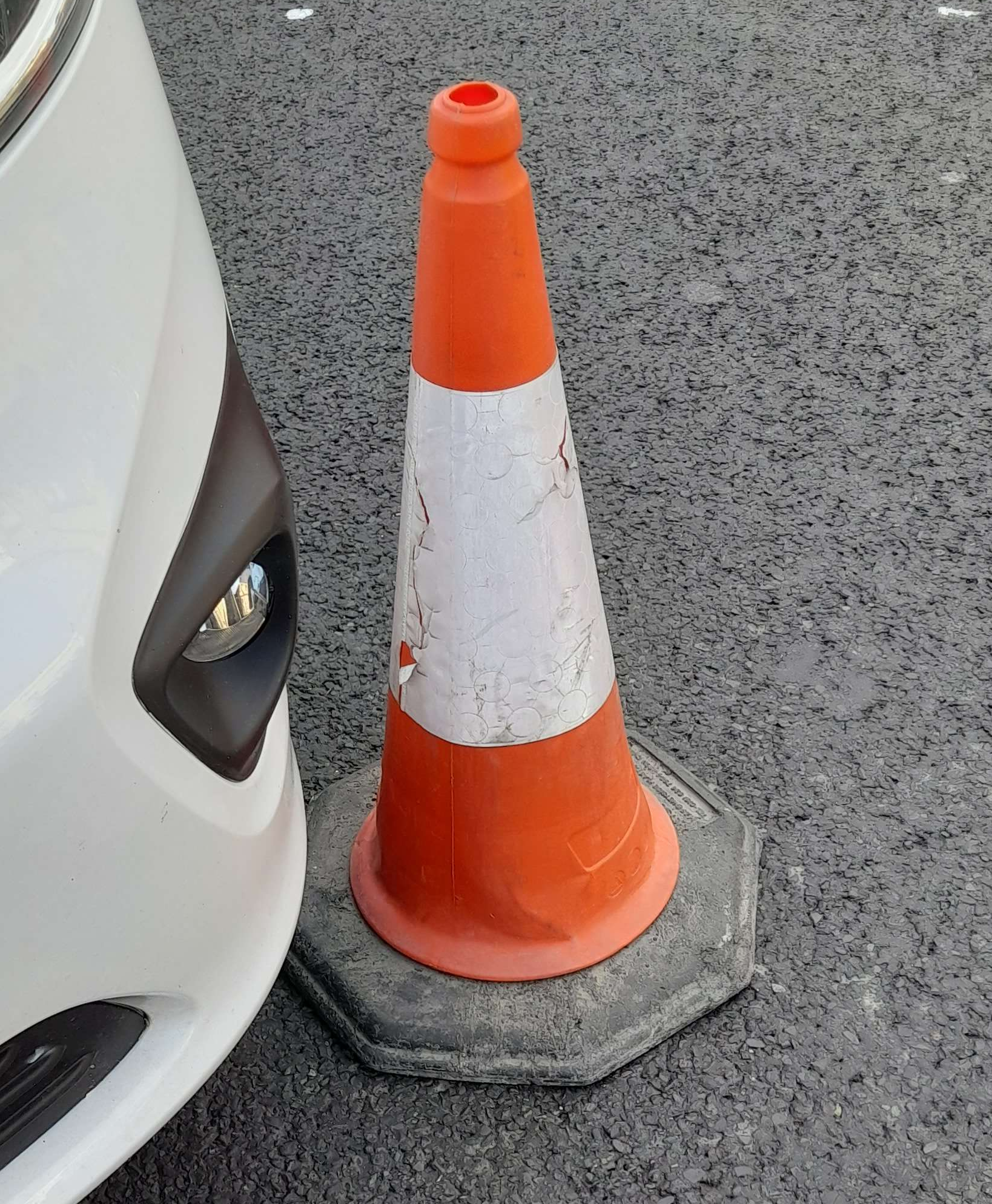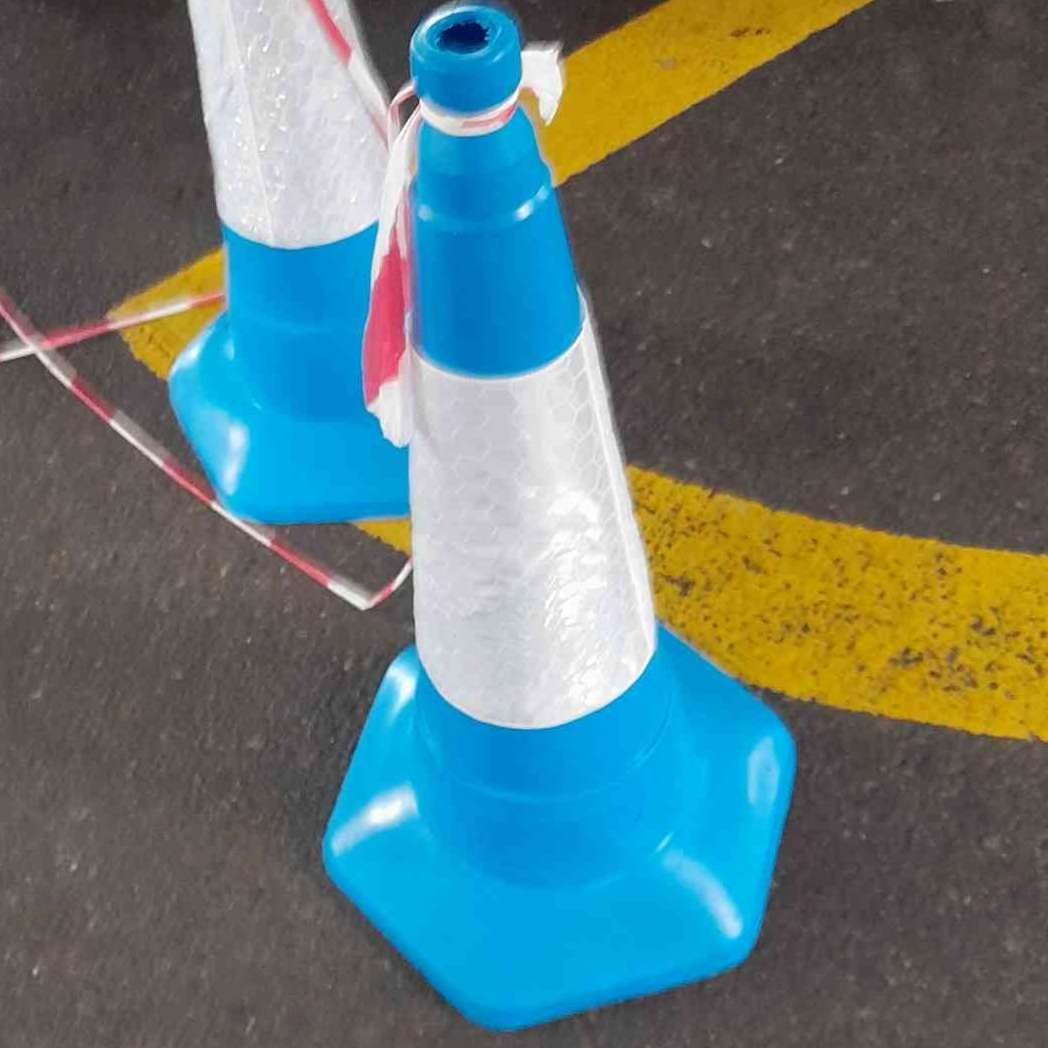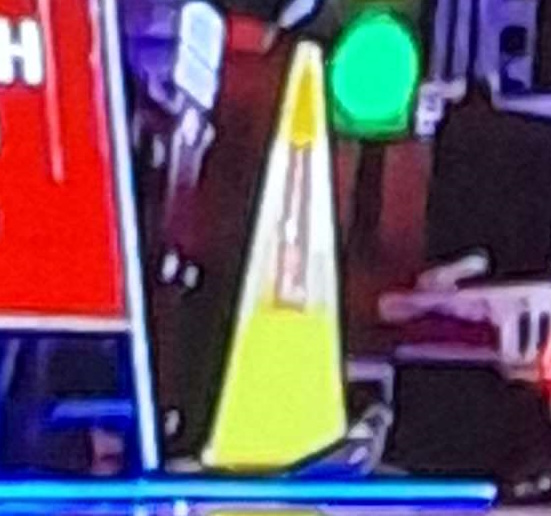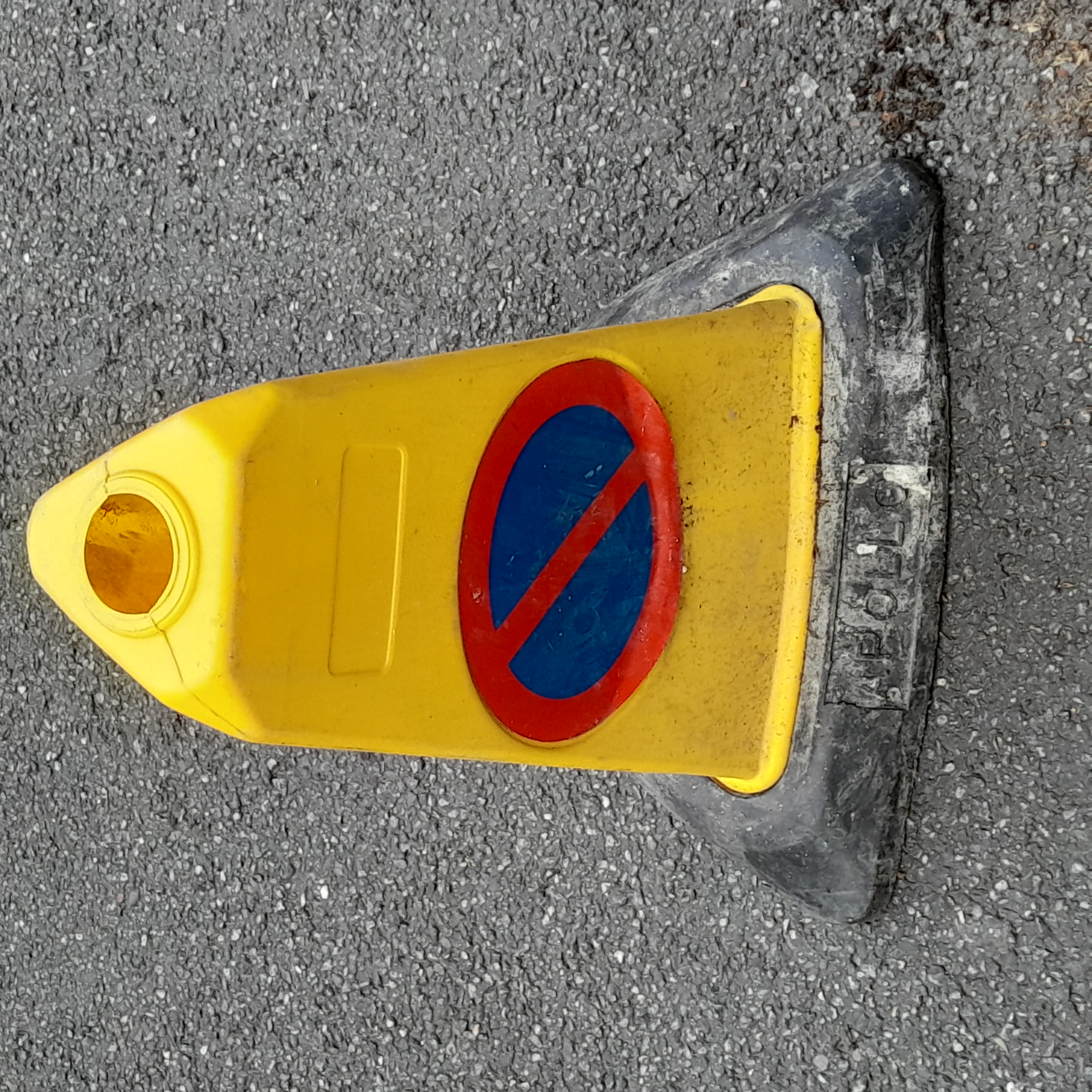WELCOME TO THE CONE PAGE


















Cones
Still adding cones as best I can! Looking for the little saucer ones in the wild at the moment
Common orange cone

(Novoonus luteus)
The common orange cone is the most common traffic cone variety - however, its subspecies are so varied that it's hard to keep track.
The vast majority of packs are located beside roadworks or areas undergoing construction. They tend to migrate along motorways and highways.
The orange cone's striking orange hue is to ensure maximum visibility for pack members from the furthest possible distances.
Despite all being orange, common orange cones have the widest variety of bases, heights and the like.
I suspect they're either extremely prone to mutation, or there's so many of them that you notice the mutations more.
Common blue cone
Blue cones typically gather either by power lines or below low ceilings. They come in two major varieties, caelus oceanus (darker blue) and caelus caelus (sky/light blue).
Blue cones, on average, have a lower population per clan than orange cones, and are considered a rare species. Research into endangerment is being undertaken, but the pseudosymbiotic relationship between cones and humans makes this study a low priority.
To construction workers, blue cones generally mean "look up".
Darker blue cones typically gather under power lines for a mildly unclear reason - it's theorised that they use the relative danger of these lines as a way to decrease predator risk. There's also a minor study suggesting that they may be attracted to the minor EM field such cables generate.
Similarly to humans, darker blue cones are at lower risk of damage from excessive sun exposure due to certain chemicals they produce. Think melanogenesis.
Lighter blue cones are at higher risk of sun-related damage due to their light hue, and so are likelier to be found in shaded, low-ceiling places. These cones are considerably rarer than darker blue cones as the majority of the wild population thrives within cavernous or walled areas, rendering them difficult to spot despite their vivid hue.

(Novoconus caelus)
(depicted, caelus subspecies)
Standard green cone

(Novoconus viridis)
The standard green cone has arguably the lowest population, and is frequently petitioned to be recognised as an endangered species by those who know their true nature. They are in fact so rare that this is the best image i have.
Modern-day green cones typically take on a hue closer to lime than emerald, but their wild counterparts tend to be more camouflaged.
Green cones typically assimilate into orange cone packs, playing the unique roles of marking the edges of a large pack's territory or where two gathered packs diverge. More than four green cones in a pack is nigh unheard of, even in captivity. I'd say the mode average is 1.
Green cones are valued for their rarity and tendency to remain even more stationary than their orange variety: orange cones are known to mill about, whereas green cones are willing to stand for days on end if and when truly required. As such, domesticated green cones are used to mark entrances for worksites and lanes near which construction is taking place.
Modern showcone
Showcones (Novoconus illustris) are much like modern flower cultivars, in that both are bred and hybridised by specialists for intended colourations and traits. Showcones vary widely in hue, with common variants being black and magenta.
Feral showcones are exceedingly rare, as each individual is expensive and well-trained - however, the occasional incident leaves a showcone to fend for itself. Poor socialisation and survival skill oft leads to these cones facing high rates of exclusion and predation. However, that doesn't mean it's impossible for a showcone to join a wild pack.

this is literally the best image i have the rights to (actually, do i???)
do you have any idea how rare they are???? this is obscene
Varioform cone

(??????)
I've been seeing some really weirdly-shaped cones recently, and I wanted to include them here because they're notable.
The most common alterations to the shape of a cone are triangular yellow (probably its own species by now) and square-based yellow. (why are they all yellow)
These mostly reside indoors, bearing some sort of printed marking on their exteriors. Typically, it's something to do with wet floors.
I'm trying to track and catalogue these, but the sheer diversity has been throwing me off. Like, what is this????
